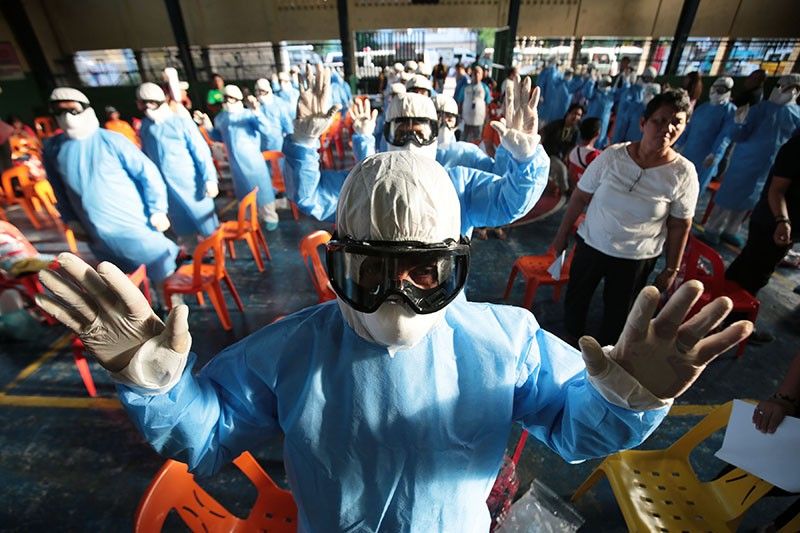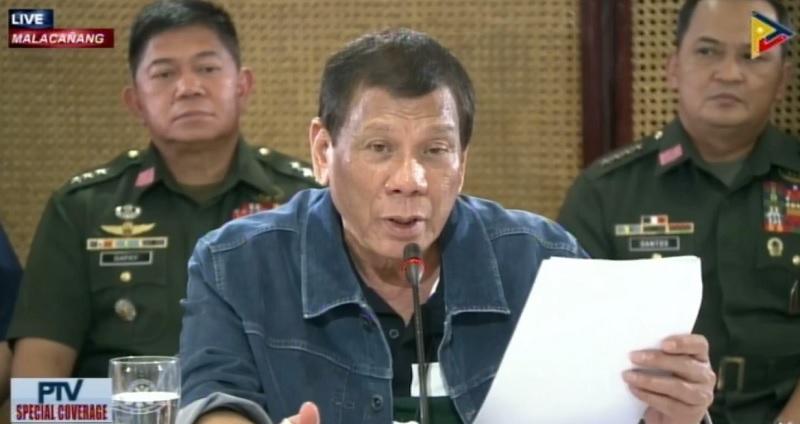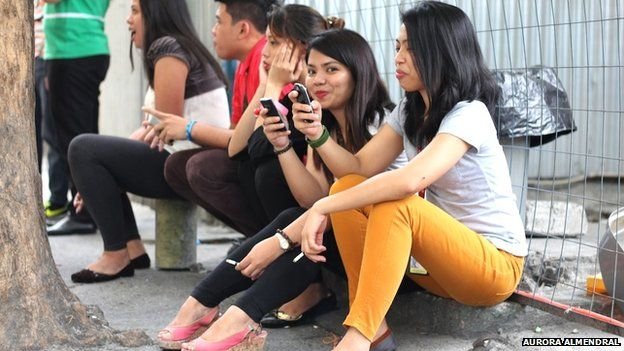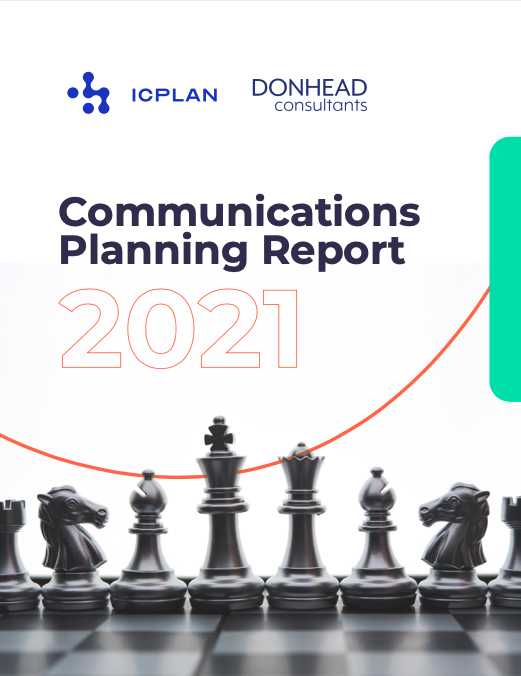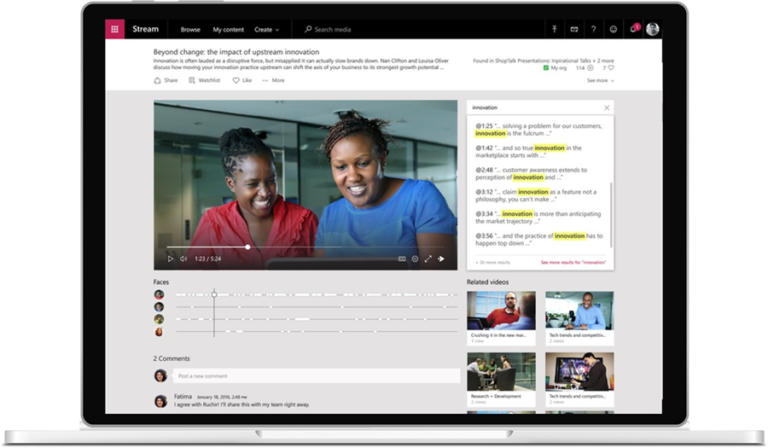COVID-19 communications have taken many forms and spread across many mediums. In the Philippines, it’s effectiveness is being tested with the lockdown currently imposed in the capital.
Last Thursday, 12th of March 2020, my wife was asked to self-quarantine. She had been exposed several days prior to someone who had tested positive for COVID-19. We were somewhat troubled at first, but when the initial knee-jerk fear settled down, we went back to the hard data and information that we had long sourced from the World Health Organisation regarding the virus. Her exposure was two days shy of the golden 14-day safety period and she wasn’t showing any symptoms at all.
Misinformation is a major problem
In fact, the biggest problem that we faced with regard to her situation was misinformation. My wife works for the government. She’s a Project Manager with the Philippines’ Department of Education and, while the meeting where she was exposed was known to all, we never expected her own boss to name her along with two other colleagues to the rest of the department. Suspected cases or even confirmed ones are usually never named. It seems to be a global practice in COVID-19 communications and one that prevents suspected cases from being unduly alienated and maligned.
This move led to gossip circulating around their office that the three of them were COVID-19-positive. While my wife has taken it in her stride, it’s clear that there was not a comms protocol in place to ensure that things like this don’t happen. All that’s been ultimately accomplished by this faux pas is causing panic with those who have been in contact with my wife fearing they’ve been infected – they haven’t.
So is the lack of information
In any case, it all turned out to be academic. She was safe at home with me when rumours started circulating among our circle of contacts that Manila would be placed under lockdown within the next few days. It eventually spilled over into social media—including speculation as to what a lockdown actually entailed. Again, with very little in the way of official COVID-19 communications coming out of our local or even national government, resulting in panic amongst the population.
My wife and I experienced that first-hand when we opted to stock up on groceries and other essential supplies in anticipation of the lockdown. When we got there, lines stretched out longer than they would have been during Christmas and New Year’s. Alcohol stocks were completely depleted – we only managed two tiny bottles of the gel-based sanitizers – and trolleys were generally jam-packed with foodstuffs. We had seen the increasingly worrying trend of hoarding on social media and opted to be more measured in our own purchases.
National sources need to be clearer
It was our second hour into queueing up to pay for our purchases when the delayed press conference from our President was aired live over social media. It was one of the first serious COVID-19 communications coming from the government. If we were expecting clarity, we were somewhat disappointed. For one thing, there’s a lot of debate regarding terminology. Many insist that the president called what we have a “community quarantine”—including his own spokesperson. What he specifically said, however, was that “we do not want to use that (term), but it is a lockdown.”
While it was clear that domestic land, air, and sea travel into and out of the capital would be prohibited, how this would be enforced was never covered. Also, why international air travel would not be stopped when it has been a proven global vector for transmission of 2019-NCoV confuses all of us here in the Philippines. He did clearly state that people were to stay at home as much as possible or else practice “social distancing” when out and about—although how this was to be done was never explained either.
Miscommunications can cause even more headaches
The press conference raised more questions than it gave answers. There was no mention of medical response, no guidelines for reporting should one start to feel symptoms of COVID-19, no clear protocols as to what to expect in a hospital. Those answers would come later from industrious independent sources who took it upon themselves to clarify unclear points and even create useful infographics as guides posted on social media.
The reach of these resources is sadly far smaller than that of our national government, and my wife and I are again lucky enough that we fall within that scope. I have an epidemiologist as a friend and he’s the one who invited us to a Viber group that has thus far been our go-to source of reliable and comprehensive information in our country. Sadly, there are only 296,594 members on the group against the population of our capital that sits at 13,923,452—which means that many are still in the dark.
A reliance on social media
For the vast majority of Filipinos in the capital, Facebook is the main source of news. We have extremely affordable smartphones that can retail for less than USD 50 and our telecoms carriers often offer free Facebook browsing. While this has meant that even the segment of the population you would consider indigent has access to news via Facebook, the veracity and quality of the information that they get isn’t always high. Throw in the conflicting news brought about by the messy political situation in the country and you end up with a population that is often confused and panicked.
As a consequence of this lack of information and understanding and an odd “grace period” given prior to imposing a lockdown, many Filipinos flocked to the bus stations—overcrowding them—the day before the March 15 lockdown to flee back to their home provinces. While one can understand the emotional reasoning behind this, one can’t also help but wonder if this has only opened up even more opportunities for the virus to spread out towards areas of the Philippines that were previously unaffected.
Indeed, several passengers on these exodus buses have shown symptoms upon arrival at their destinations. With a clearer rationale behind the lockdown and a more detailed explanation of the beneficial effects of enforcing one, the whole situation could really have been avoided. As a communicator, I told my wife that the government should post a more detailed explanation or even an infographic after the conference. That infographic did eventually come, not from the government, but from that same friend of mine who had been a very reliable source of information for us.


Lockdown +2
It’s just the second day of lockdown here in Manila and the first of a workweek, it’s clear that the lack of effective communications is going to be costly. Day wage earners, government personnel, and those whose companies could not or cannot afford to enact remote work policies are clogging the near-empty roadways desperate for transportation that is lacking. What public transportation is there inevitably becomes packed tight with people—negating social distancing.
Who can blame them? They have mouths to feed, utilities to pay for, futures to secure. While some private services providers have suspended bill payments, many utilities still have due dates that fall within this lockdown. With no word from the government and its relevant bodies regarding economic and labour relief, these people fight their fears and risk infection to stave off the equally real threat of their families starving.
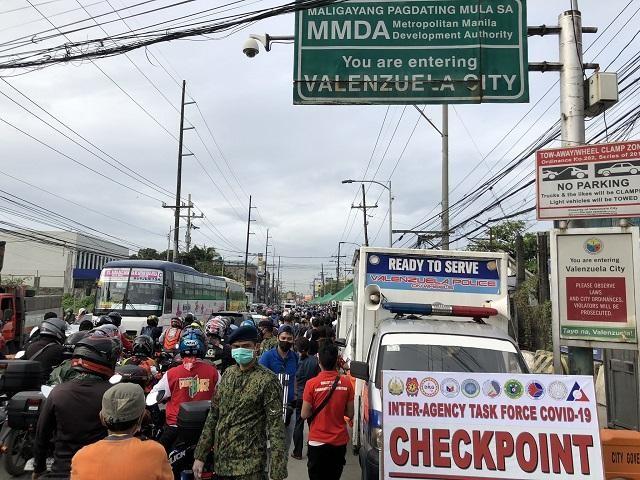

The lessons to be learned
Communication is something that technology today has made so much simpler. There are so many channels available for us to reach out to friends and family, share our lives with the world, and even work remotely. For all those benefits, however, crises like these often serve as a crucible on which the importance of communication becomes apparent. There are several clear lessons to be learned from the crisis here in the Philippines.
Leaders should seize the narrative
Prior to the Presidential press con, there was little in the way of a controlled narrative. Speculation ran rampant and so-called social media warriors spread all manner of misinformation or even outright falsehoods. Ideas like the virus evolving to become airborne in transmission and allegations of it being a bioweapon intermingled with the official facts. Had those in the leadership position effectively taken control and established themselves as credible sources, this could have been avoided.
The same applies to company leaders and businesses. When you take control of the information being spread and ensure that you push only the facts, you minimize fear, panic, and the further propagation of falsehoods. It’s really about being decisive and that’s something that’s been sorely lacking in the country. With no clear plans to alleviate even the most basic needs, people ignore the risks to their health to earn enough to bring food home to their families.
Leaders should understand their stakeholders and leverage more channels
My wife and I are decidedly middle class. We’re privileged. We sit comfortably at home with enough supplies to last several weeks and have access to all the information that we need. We can afford to be skeptical and verify any piece of information across many different sources. We have strong, established contact bases that allow us to get “first dibs” on key official and verified information. Many in the country do not. This shows that the government has a lack of understanding of their stakeholders.
Information campaigns regarding COVID-19 communications should have run the gamut from social media to mainstream media, flyers and even sending people out to the townships to discuss the issues at hand in person. This would have ensured that more people were privy to the right information and the right protocols to follow. As it stands, many don’t even realize that testing and treatment is government-subsidized, accounting for cases of under-reporting and even hospital escapes from sufferers who don’t know better.
Leaders should plan more carefully
I haven’t enough experience or level of expertise to talk about what measures the government should have specifically enacted—or even how they should have addressed the myriad of issues that have and still are cropping up. I do have enough experience in communications to know that what we have is more reactionary than anything else. With proper planning on the key timing of crucial messages pertaining to the COVID-19 crisis, people would never have had to rely on unreliable sources.
Since the first case reported here in December 2019, there has always been the feeling that not enough information is being disseminated by official channels for everyone to prepare properly. There wasn’t a clear COVID-19 communications plan in place. Even now, the manned checkpoints at the fringes of our capital are starting to show signs of cracking as the lines to enter the supposedly locked-down city are starting to run for kilometres. In many cases, protocols for temperature checking have been abandoned altogether. People simply don’t have enough information to act appropriately.
Leaders should be accessible
If there’s one bright spot in this whole crisis locally, it’s that many local business leaders have proven to be experts in their COVID-19 communications in their own right. Many Filipinos have shared on Facebook not just clear, compassionate, and decisive measures from their leaders, but how lines of direct communications have been opened to allow them to address their questions and their fears. Meanwhile, our own town’s leadership has been terribly silent. We only found out of the one confirmed case in our area from a very vocal neighbour.
Accessibility in a crisis matter because people need to have someone to send their questions and clarifications to. People need to be able to voice their fears and vent their frustrations as well. Some of the local government units have been proactive in this regard, opening lines of COVID-19 communications to their citizens. It’s telling that their specific cities are those that are faring the best. With open lines of communication, you afford yourself an avenue to spread and share facts.
Better Comms, Better Future
Without a doubt, this crisis is one of the most challenging we’ve faced globally to date. While there is certainly much to fear, there’s much to hope for as well. The key to ensuring that we remain prepared to weather the storms this crisis brings is to ensure that communications flow smoothly, reaches the most people possible, with honest messaging that will help us situate ourselves and deal with the challenges that COVID-19 brings.
While much responsibility is necessarily placed on the shoulders of national and business leaders, we all really need to play our part in ensuring that the truths that people need to know get out there.


